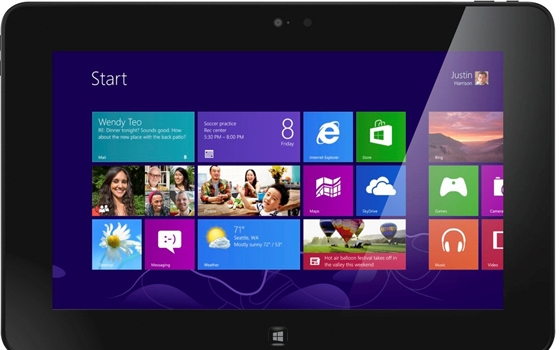The Middle East and Africa tablet market will grow by 40 per cent year on year to 3.94 million units in the second quarter, with much of the growth driven by the strong performance of the consumer segment.
In the first quarter, the region shipped a total of 4 million units, registering a 77.3 per cent year-on-year growth.
For the full year, the market is expected to witness a rise of 38.7 per cent to 16.4 million units compared to 11.8 million in 2013.
“There was a big spike in first quarter shipments due to projects in Egypt and Turkey, and spurred by numerous IT festivals and vendor-led promotions that took place throughout the region during the quarter,” Fouad R. Charakla, research manager at International Data Corporation (IDC), told Gulf News.
Samsung was particularly active on the marketing front, launching numerous new models that helped it retain top spot in the market with a total volume of 974,600 units for the quarter. Apple held on to second position with 751,934 units, while General Mobile was a new entrant at position three, shipping 352,245 units for the quarter thanks to a 350,000 unit order it secured as part of the Fatih education project in Turkey.
Lenovo and Asus rounded out the top five vendors in first quarter, shipping 266,049 units and 189,895 units, respectively.
Charakla said the level of penetration attained in many of the mature markets globally is much higher than many of the regional markets. There is still room for growth in the region.
“West of the Middle East and Africa is suffering from instability, which is preventing the countries to grow. Once stability is attained in these parts of the region, there will be more growth,” he said.
Looking ahead, Turkey’s Fatih project will continue to help shape the overall MEA tablet market, with another phase set to take hold in the next two quarters. Similarly, a number of education deals are in the pipeline in Egypt for both public and private schools.
As a result of all these initiatives and other smaller corporate deals involving small and medium-sized businesses, the commercial segment is expected to account for 14 per cent of the overall market’s volume in 2014 compared to just nine per cent in 2013.
Another consequence of the commercial segment’s improving performance will be an increase in uptake of larger tablet devices. “In terms of screen sizes, 7-8 inch tablets will continue to dominate the market throughout 2014,” said Victoria Mendes, a research analyst at IDC.
“However, we expect to see a good uptake of 10-11 inch tablets during the year as a number of the large education initiatives currently underway in the region require the use of these larger devices.”
Gulf News
8 June






















































